The Most Popular Cosmetic Procedures Among Different Races
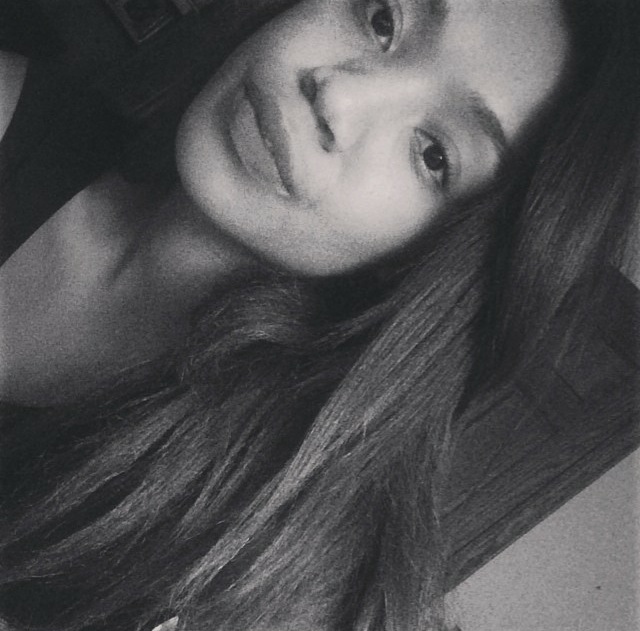
By:
For years, cosmetic surgery was something that was exclusively popular among caucasians. But as plastic surgery becomes more mainstream, purchasing power increases and beauty ideals shift. Now, more minorities are going under the knife and inventing unexpected beauty regimens.
More than 15 million cosmetic surgeries were performed in the U.S. in 2014, according to the most recent report from the Society of Plastic Surgeons. Of that, 1.6 million were performed on Latinos, 1.3 million were on African Americans, and 1 million were on Asians. ABC reported that from 2005 to 2013, plastic surgeries among minorities increased dramatically: for Latinos by 84 percent, African Americans saw a 56 percent bump, and the group with the biggest hike was Asian Americans, with a 126 percent increase.
Although breast augmentation is still the number one cosmetic procedure favored by Americans, various other procedures have become popular among minorities.
Related: This Model Became a Viral Meme and It Ruined Her Life
1. EYELID SURGERY
Breast augmentation and rhinoplasty are still among the most popular surgeries in Asian cultures but it is eyelid surgery (blepharoplasty) that is the most sought after, according to the American Society of Plastic Surgeons. It's a favorite in countries such as Japan and South Korea, where eyelid surgery advertisements can be seen in public spaces.
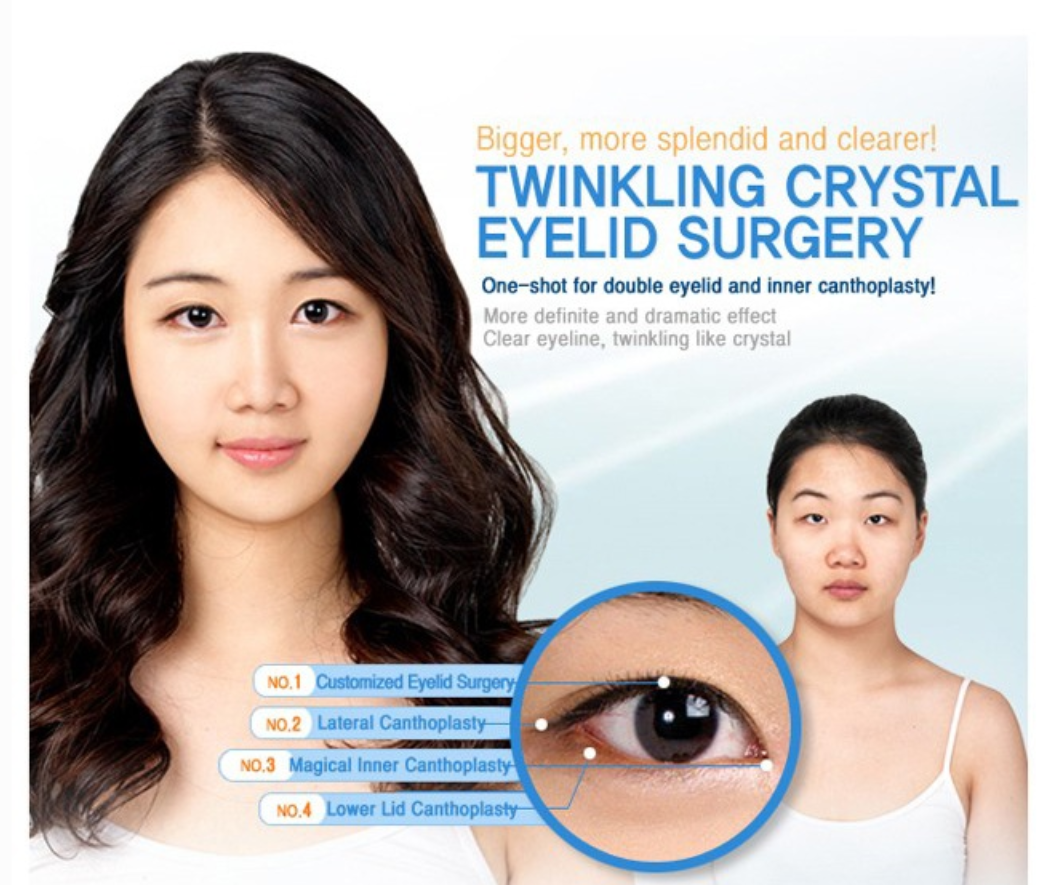 The Line Plastic Surgery - thelineclinic.com
The Line Plastic Surgery - thelineclinic.com
Traditionally, Asian people are born with monolids (eyelids that do not have a crease), but doctors can surgically create this crease and give a patient a double eyelid, something that is unique to most Westerners and other ethnicities.
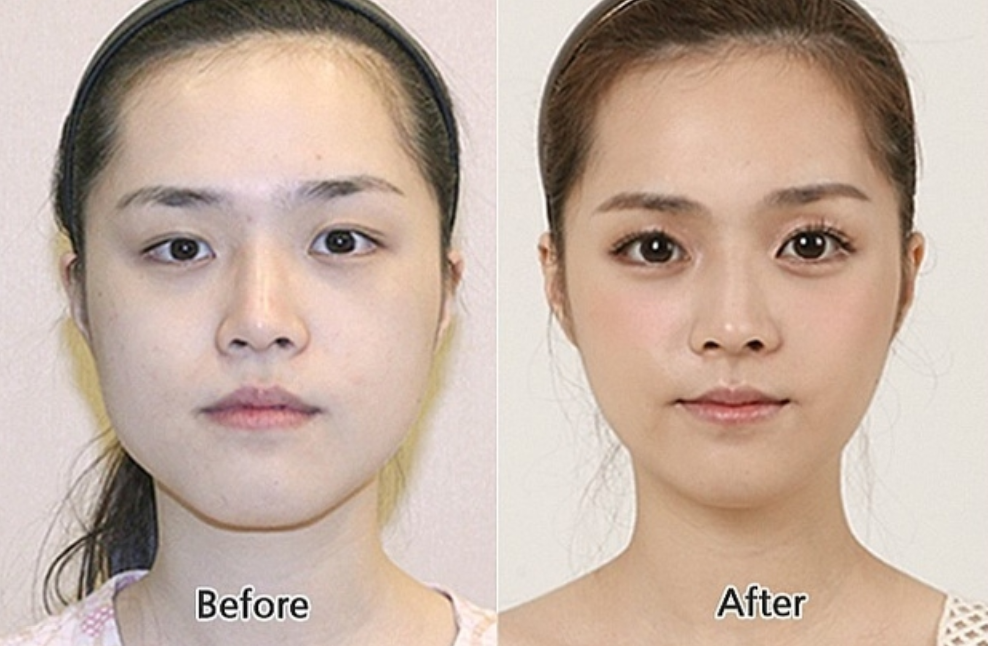 KPSURGERY - tumblr.com
KPSURGERY - tumblr.com
Related: Why Cosmetic Surgery Is on the Rise in the U.S.
However, the surgery has been a subject of controversy for that reason. Since the double-eyelid is not as common in Asian cultures, some have called it an attempt at Westernization. This especially became an issue after talk show host Julie Chen opened up about her reasons for getting eyelid surgery during a discussion on the "Talk." Chen revealed that when she was a young news reporter, she opted to have the surgery after a news director and talent agent said that her "Asian eyes" would hinder her career.
Despite Chen's experience, many others maintain that the surgery has nothing to do with achieving a more "western look."
Euny Hong, who also received eyelid surgery, talked about this and her experience in an article for the Wall Street Journal:
"Asians, for the most part, get the surgery for themselves and for each other—not to approximate a Caucasian appearance."
2. ETHNIC RHINOPLASTY
Ethnic rhinoplasty is the reshaping of the nose without erasing distinctively racial characteristics. It is popular among African Americans, Middle Easterners, and people from the Mediterranean, according to a study by National Center for Biotechnology Information.
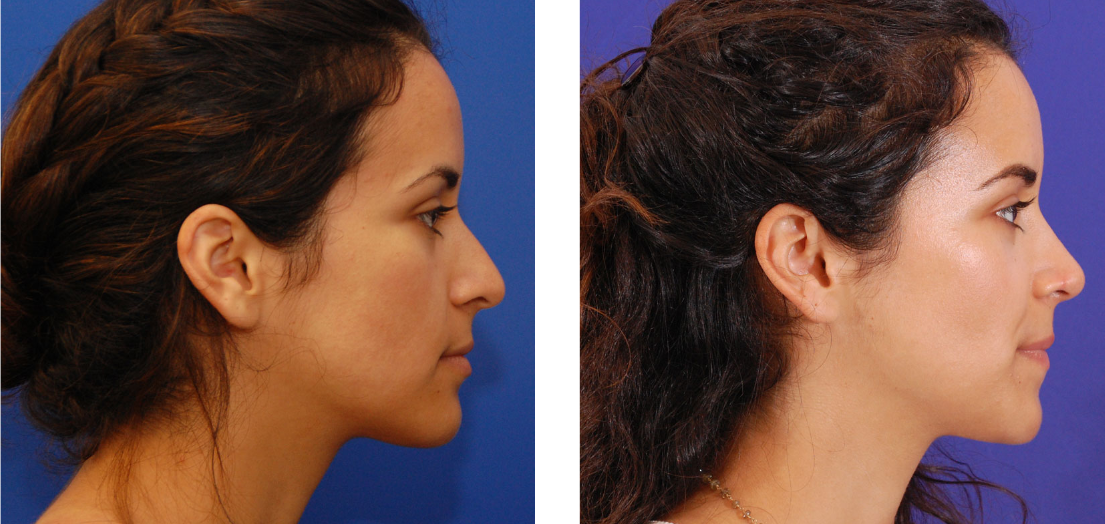 Torkian Facial Plastic Surgery - drtorkian.com
Torkian Facial Plastic Surgery - drtorkian.com
African Americans who seek ethnic rhinoplasty may want to reduce the the size of their noses to achieve a "harmonious balance with other facial features," according to the American Society of Plastic Surgeons. People from the Middle East also go under the knife for this reason. Middle Eastern, Jewish, and Mediterranean noses tend to be larger than those of Caucasians. They also have distinct nasal features such as drooping and ill-defined nasal tips. But ethnic rhinoplasty can reduce the size of the nose and define the nasal tip without changing the patient's ethnic appearance.
Although white images still dominate mainstream media, minorities are now looking to enhance and better define their own natural characteristics instead of trying to intimate others. One way they're doing this, is through ethnic rhinoplasty.
"America’s single standard of beauty – the blue-eyed blonde – has been replaced by images of beauty within each minority group that makes up this country,” Dr. Shan Baker, president of the American Academy of Facial Plastic and Reconstructive Surgery, said in a survey that tracked plastic surgery in minorities. “Patients want to look their best, but within their own ethnic group.”
Related: The Number of Men Getting Plastic Surgery is Rising
3. THE RISE OF SKIN LIGHTENING
Creams and lotions designed to "whiten" skin may be missing from American drugstores, but internationally, they are common and seeing an uptick in popularity. Women in Africa, the Caribbean, Latin America, the Middle East, India, Philippines, and Japan often make them part of their regular beauty regimen.
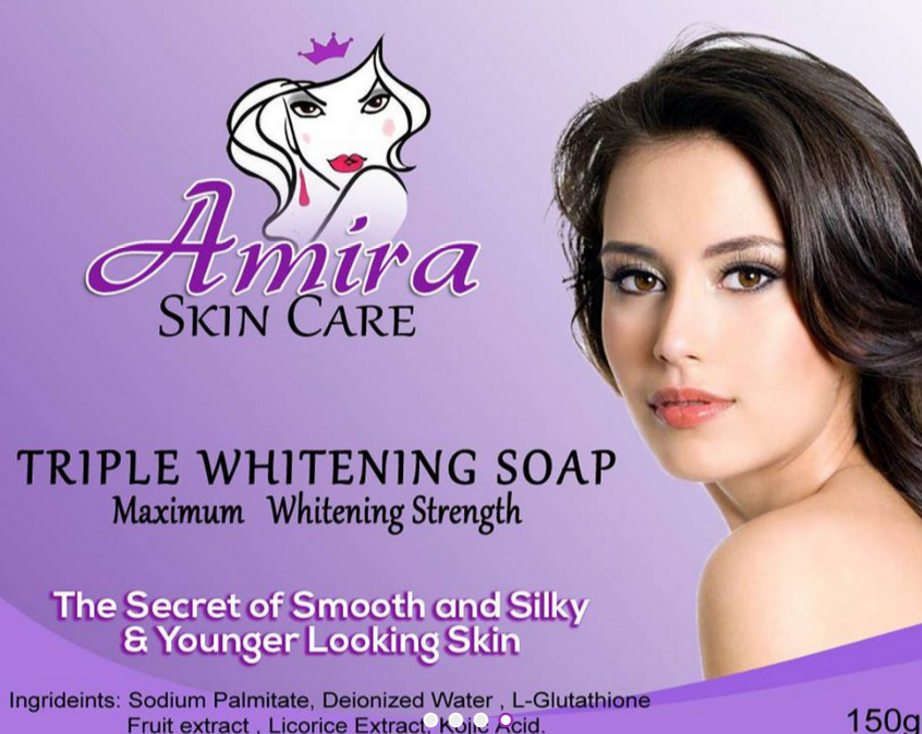 Amira Skin Care - amiramagic.com
Amira Skin Care - amiramagic.com
"Skin bleaching is a growing phenomenon around the world and it's becoming a bigger business," Dr. Margaret Hunter, head of the Sociology Department at Mills College, told the Huffington Post. "Now it's a multi-billion dollar business and all the biggest cosmetic companies sell products that are supposed to lighten your skin."
Skin lightening products are sold in many places as a way to help treat skin discoloration and to help reinforce cultural beauty standards. For example, in some Asian countries lighter skin has always been associated with beauty. "An early Chinese woodcut scroll, New Chants of a Hundred Beauties first published in 1792, mentions one of the fabled beauties of China, empress Zhao Feiyan, as having slender waists and snow-white skin," according to Asia Society.
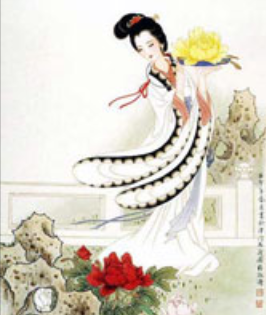 Asia Society - asiasociety.org
Asia Society - asiasociety.org
Evelyn Nakano Glenn, PhD., a sociologist and professor of Asian-American studies at the University of California, Berkeley explained to Refinery29 why certain Asian cultures favor lighter skin:
"In the case of the Far East, in countries like Japan, Korea, and China, it doesn’t have to do with trying not to be Asian. In those cultures, there’s a long tradition for women of light skin to be equated with beauty, and also there’s a class element. [It means] you’re not working in the sun, which is an important [distinction] in an agricultural society.”
But in regions that have a history of European colonization and influence, such as the Caribbean, India and South America, lighter skin is associated with beauty and privilege according to a study by Mills College. "Europeans themselves were regarded as high status, as were white skin, Anglo facial features, and the English, French, and Spanish languages, respectively," the study said. Therefore, in many of these former colonial regions there is a "strong and enduring value of white aesthetics."
For example, in many skin lightening advertisements in India this paradigm was reinforced. Digiday reports that many ads depicted women with darker skin with more problems getting married and "generally being accepted into society." However, in 2014 the Advertising Standards Council of India banned all ads that depicted dark-skin as inferior.
